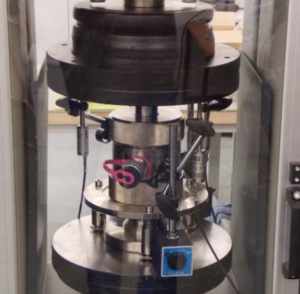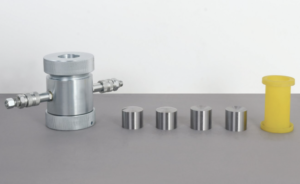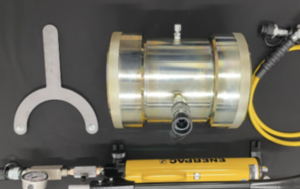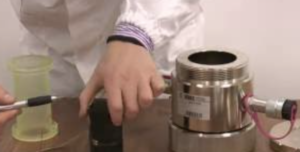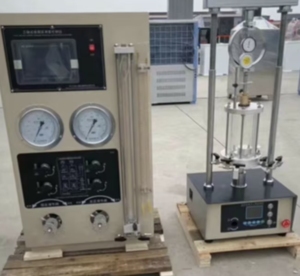What Is the Basic Principle of Triaxial Test?
The triaxial test is one of the most fundamental and widely used laboratory methods in geotechnical engineering to evaluate the strength and deformation behavior of soils under controlled stress conditions. Its core principle is simple yet powerful: applying pressure to a soil sample in all three directions to simulate real-life ground conditions. This article walks through the basic principle, setup, stress mechanics, and engineering significance of the triaxial test.
Introduction to the Triaxial Test
At its core, the triaxial test measures how soil responds to pressure from multiple directions1, helping engineers understand when it will deform or fail. The test involves:
- Encasing a cylindrical soil sample2 in a latex membrane.
- Placing it inside a triaxial chamber where pressure is applied equally from all sides (confining pressure).
- Applying an additional vertical (axial) stress until the soil fails.
The results help determine shear strength3, which is essential for designing foundations, retaining walls, slopes, and embankments.
Basic Principle:
The test evaluates how a soil sample reacts under:
- Confining pressure (simulating soil depth/weight).
- Axial loading (simulating structural or environmental loads).

Key Components and Setup
To apply and measure stress accurately, the triaxial test requires a precise setup4 involving:
1. Soil Specimen
- Cylindrical shape, typically 38 mm in diameter and 76 mm in height.
- Surrounded by a latex membrane to isolate from confining fluid.
2. Triaxial Cell
- A sealed chamber that applies equal pressure (σ₃) around the sample using water or oil.
3. Loading System
- A piston applies vertical stress (σ₁) to compress the sample.
4. Sensors and Measurement Devices
- LVDTs (displacement sensors)5 measure vertical deformation.
- Pore pressure transducers monitor internal water pressure (in saturated soils).
- Load cells track applied force.
Standard Configuration Table
| Component | Function |
|---|---|
| Latex Membrane | Prevents leakage and maintains shape |
| Triaxial Cell | Applies confining pressure |
| Axial Loading System | Simulates structural loads |
| Pressure Transducers | Measures pore water pressure |
| Data Logger | Records stress-strain behavior |
This setup allows for accurate simulation of in-situ stress conditions, essential for meaningful soil behavior analysis.
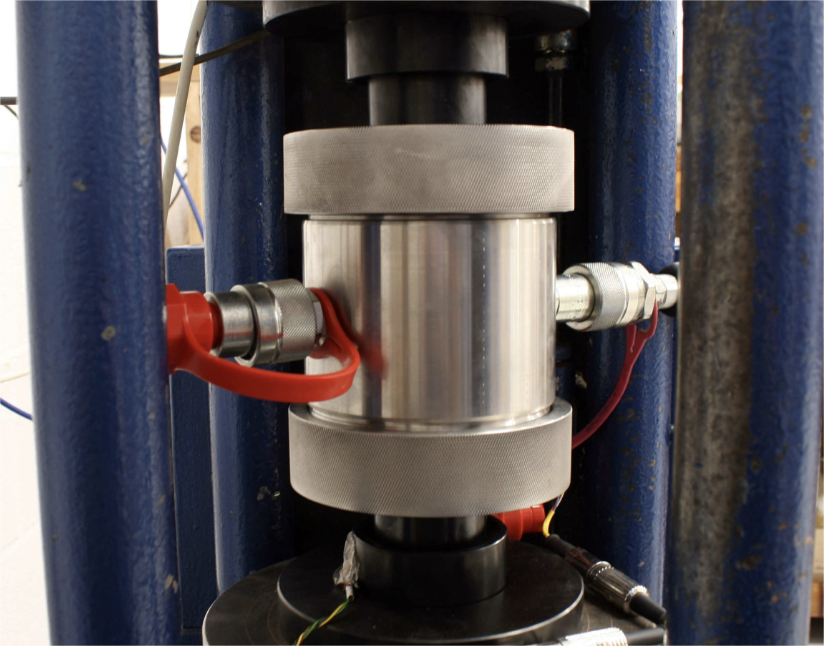
Stress Application and Measurement
The triaxial test applies two main types of stress:
1. Confining Pressure (σ₃)
- Applied laterally via fluid around the specimen.
- Mimics overburden pressure from surrounding soil.
2. Axial Stress (σ₁)
- Applied vertically through a piston.
- Represents loads from structures such as buildings or traffic.
Effective Stress Principle
For saturated soils, understanding effective stress is key:
[\sigma’ = \sigma – u]
Where:
- (\sigma’) = effective stress
- (\sigma) = total stress
- (u) = pore water pressure
Stress Path and Failure
- The difference between axial and confining stress is called deviator stress (σ₁ – σ₃).
- When this deviator stress reaches the soil’s shear strength, failure occurs.
Key Output Parameters
| Measured Parameter | Engineering Use |
|---|---|
| Deviator Stress | Defines shear strength at failure |
| Friction Angle (φ) | Used in slope and foundation design |
| Cohesion (c) | Key for stability analysis |
| Pore Pressure (u) | Important for drainage and liquefaction studies |
| Strain (%) | Indicates deformation behavior |
The test helps generate stress-strain curves and Mohr circles for geotechnical design.
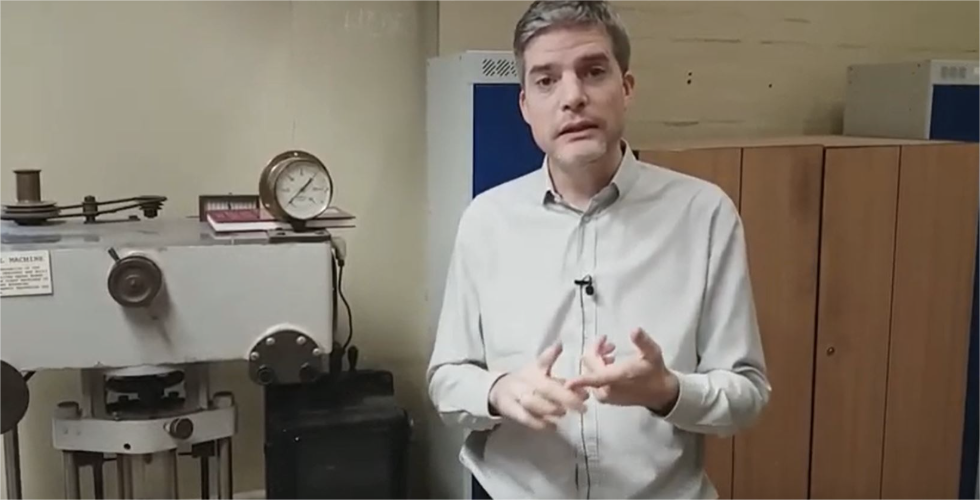
Why the Triaxial Test Matters in Geotechnical Engineering
The triaxial test provides reliable, repeatable, and versatile data6 that is crucial for:
1. Safe Foundation Design
- Determines bearing capacity7 and settlement behavior.
- Helps select shallow vs. deep foundations.
2. Slope Stability Analysis
- Evaluates shear strength for embankments and cut slopes.
- Identifies risk of landslides or slope failures.
3. Tunneling and Underground Works
- Analyzes stress redistribution in surrounding soil or rock.
- Helps design tunnel support systems.
4. Earthquake Engineering
- Assesses pore pressure buildup and liquefaction risk8.
- Used in designing seismic-resistant structures.
Engineering Application Table
| Use Case | Benefit of Triaxial Test |
|---|---|
| Road Embankments | Assures stability and minimizes failure risk |
| Retaining Walls | Determines lateral earth pressures |
| Building Foundations | Predicts allowable loads and settlement behavior |
| Underground Construction | Evaluates deformation under load |
By understanding soil strength, deformation, and failure mechanisms, engineers can design structures that are safe, cost-effective, and long-lasting.

Conclusion
The basic principle of the triaxial test lies in applying controlled stresses to a soil sample to observe its strength and deformation behavior. Through its standardized setup and precise measurements, the triaxial test remains a cornerstone in geotechnical analysis, guiding critical decisions in infrastructure, slope, and foundation design. Its versatility, accuracy, and practical value make it indispensable in modern engineering.
-
Understanding soil response to pressure is crucial for predicting deformation and failure, ensuring safe engineering practices. ↩
-
Exploring the use of cylindrical soil samples can provide insights into the testing process and its importance in geotechnical engineering. ↩
-
Shear strength is vital for safe construction; learning more can enhance your understanding of structural integrity in engineering. ↩
-
Understanding the precise setup is crucial for accurate stress measurement in soil testing, ensuring reliable results. ↩
-
Learning about LVDTs will enhance your understanding of deformation measurement techniques in various engineering applications. ↩
-
Understanding the importance of reliable data can enhance your foundation design and slope stability analysis. ↩
-
Exploring this topic will provide insights into safe and effective foundation design practices. ↩
-
This knowledge is essential for designing structures that can withstand seismic events effectively. ↩


